A subsidy-fueled boom helped build China into an electric-car giant, but with an economic slowdown and hundreds of ride-hailing companies going bust, the country is facing a excess of unwanted batter-powered vehicles. Linda Lew reports on Bloomberg Television.
——-
Follow Bloomberg for business news & analysis, up-to-the-minute market data, features, profiles and more: http://www.bloomberg.com.
Connect with us on… Twitter: https://twitter.com/business Facebook: https://www.facebook.com/bloombergbus… https://www.instagram.com/bloombergbu…
Twitter: https://twitter.com/business.
Facebook: https://www.facebook.com/bloombergbusiness.
Instagram: https://www.instagram.com/bloombergbusiness/
——-
Follow Bloomberg for business news & analysis, up-to-the-minute market data, features, profiles and more: http://www.bloomberg.com.
Connect with us on…
Twitter: https://twitter.com/business.
Facebook: https://www.facebook.com/bloombergbusiness.
Instagram: https://www.instagram.com/bloombergbusiness/
Get the latest international news and world events from around the world.
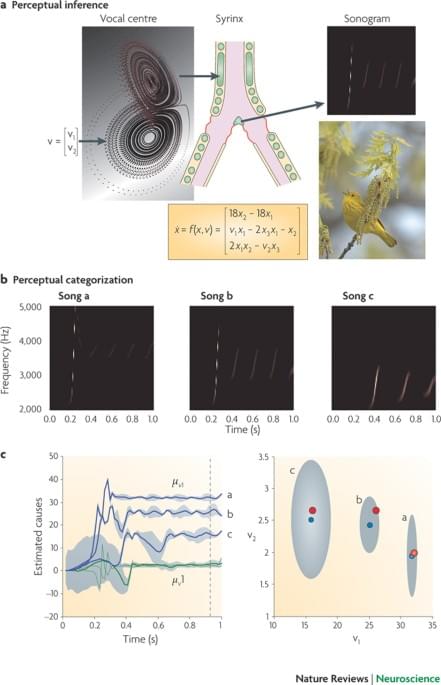
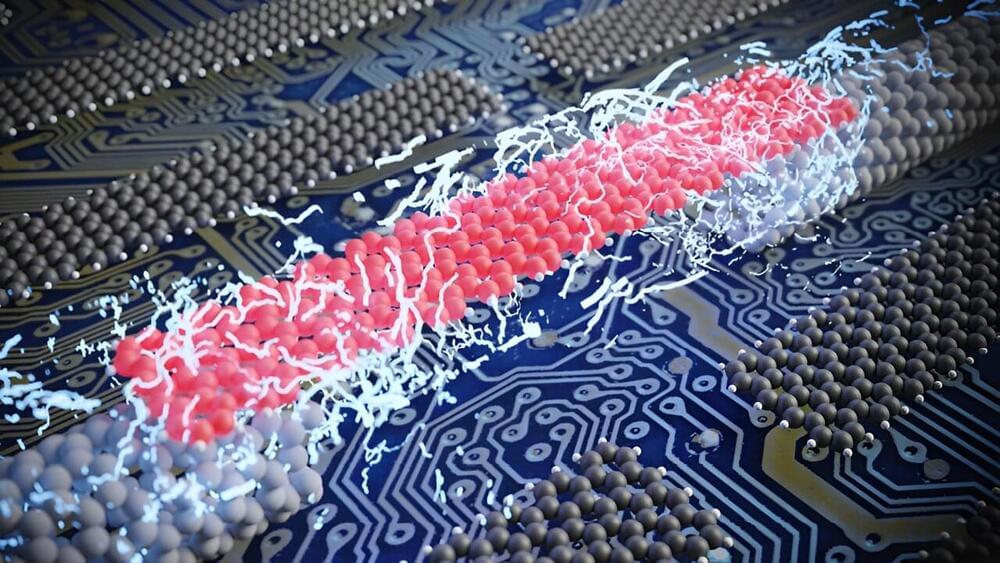
Researchers attach electrodes to individual atomically precise graphene nanoribbons
Graphene nanoribbons have outstanding properties that can be precisely controlled. Researchers from Empa and ETH Zurich, in collaboration with partners from Peking University, the University of Warwick and the Max Planck Institute for Polymer Research, have succeeded in attaching electrodes to individual atomically precise nanoribbons, paving the way for precise characterization of the fascinating ribbons and their possible use in quantum technology.
Quantum technology is promising, but also perplexing. In the coming decades, it is expected to provide us with various technological breakthroughs: smaller and more precise sensors, highly secure communication networks, and powerful computers that can help develop new drugs and materials, control financial markets, and predict the weather much faster than current computing technology ever could.
To achieve this, we need so-called quantum materials: substances that exhibit pronounced quantum physical effects. One such material is graphene. This two-dimensional structural form of carbon has unusual physical properties, such as extraordinarily high tensile strength, thermal and electrical conductivity—as well as certain quantum effects. Restricting the already two-dimensional material even further, for instance, by giving it a ribbon-like shape, gives rise to a range of controllable quantum effects.

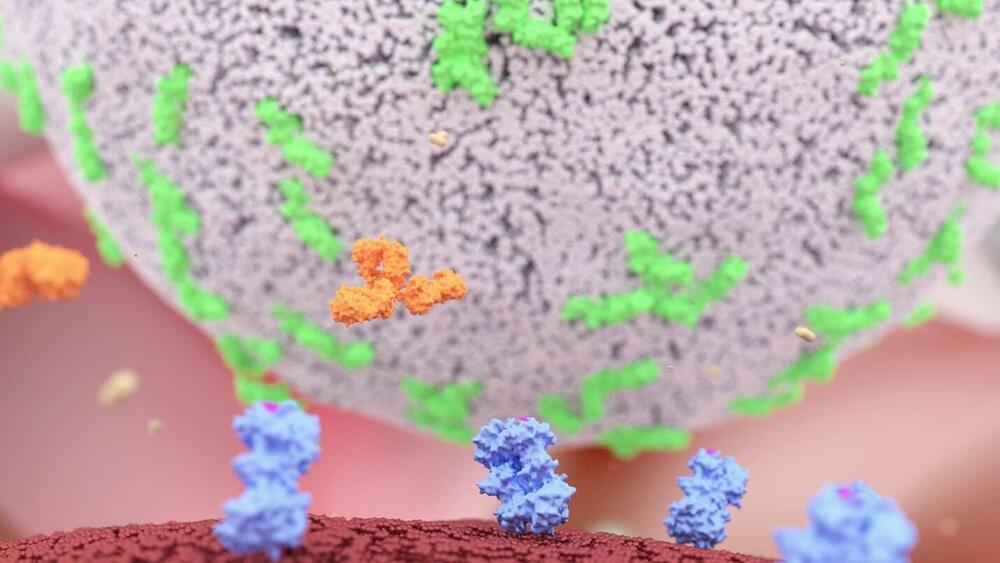
Next Generation Cancer Therapy Reveals Major Opportunity
GTB-3550 is the company’s first TriKE® product candidate that was evaluated in Phase 1 clinical trials for the treatment of acute myeloid leukemia (AML), myelodysplastic syndrome (MDS), and other CD33+ hematopoietic malignancies. Phase 1 clinical trials were shown to be both safe and well-tolerated, as well as proving the molecule’s clinical concept and providing a framework for future product candidates.
GTB-3650 is a second-generation protein developed to treat AML and MDS. It has replaced GTB-3550 and utilizes camelid nanobody technology. GTB3650 has successfully completed pre-clinical trials and is in the good manufacturing process (GMP) stage, which is usually the last developmental milestone before progressing into phase 1 clinical trials.
The AI customer-support agents that can think and act like humans
Angel provides driver and customer support. Naomi teaches high school students. But they are not humans. They’re HumAIns, artificial intelligence (AI) agents.
Designed to handle unscripted communication tasks autonomously and proactively, Angel and Naomi use human-like thought processes to lead conversations instead of merely answering questions. And they get smarter with time and experience.
This generative AI wizardry comes from Jerusalem-based Inpris Innovative Products, founded in 2011 by human-machine interaction expert Nissan Yaron and his father, software architect Ben-Etzion Yaron.

This bio-inspired leaf generates more power than solar panels
This is according to a press release by the institution published on Tuesday.
The PV-leaf
Called PV-leaf, the innovation “uses low-cost materials and could inspire the next generation of renewable energy technologies.”
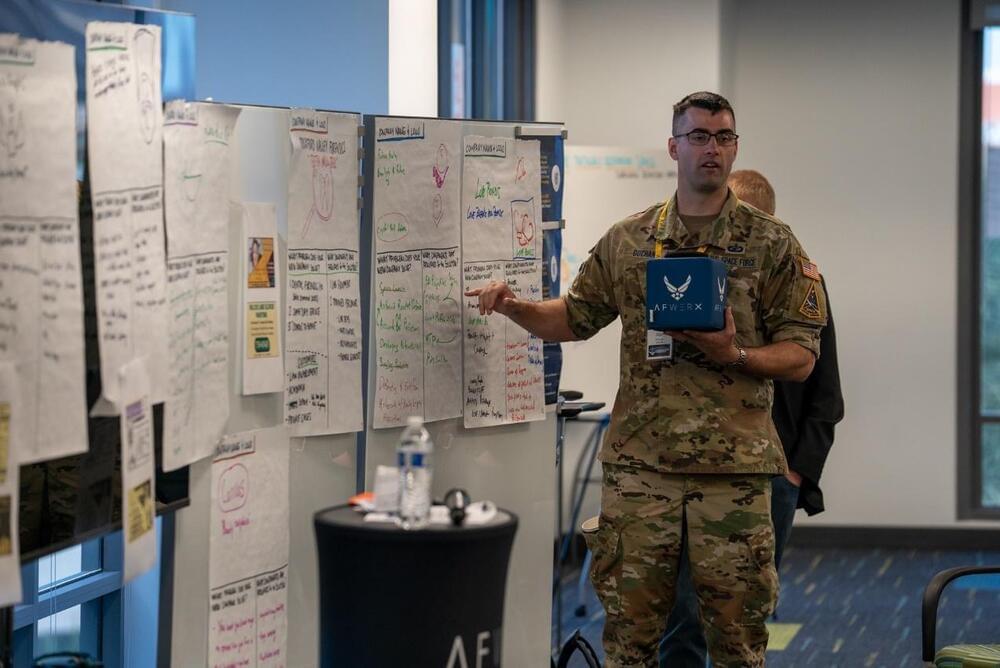
Space Force extends Wallaroo’s contract for on-orbit AI applications
WASHINGTON — Artificial intelligence startup Wallaroo Labs won a $1.5 million contract from the U.S. Space Force to continue the development of machine learning models for edge computers in orbit.
The New York-based company, known as Wallaroo.ai, is partnered with New Mexico State University for the Small Business Technology Transfer Phase 2 contract, announced Aug. 15. The team last year won a Phase 1 award.
Wallaroo.ai created a software platform that helps businesses assess the performance of AI applications when deployed on edge computers.
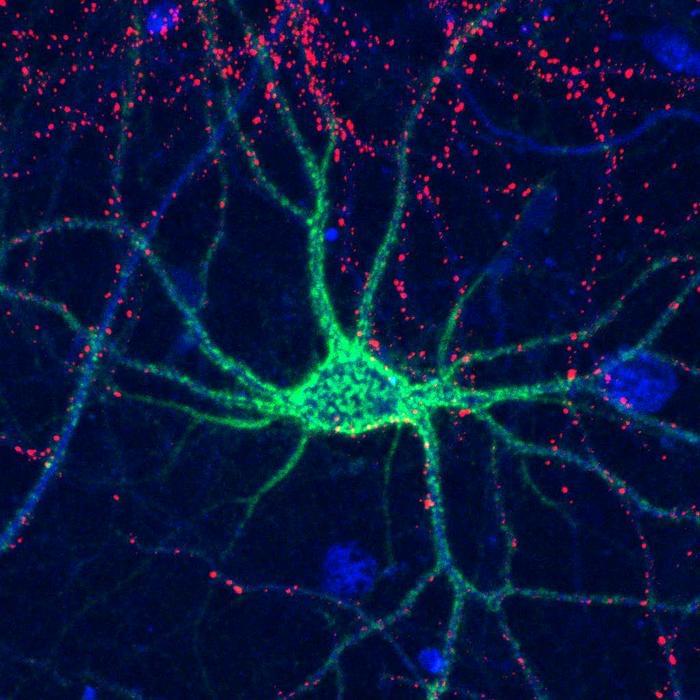
Sugars affect brain ‘plasticity,’ helping with learning, memory, recovery
Can you recognize someone you haven’t seen in years, but forget what you had for breakfast yesterday? Our brains constantly rearrange their circuitry to remember familiar faces or learn new skills, but the molecular basis of this process isn’t well understood. Today, scientists report that sulfate groups on complex sugar molecules called glycosaminoglycans (GAGs) affect “plasticity” in the brains of mice. Determining how GAGs function could help us understand how memory and learning work in humans, and provide ways to repair neural connectivity after injuries.
The researchers will present their results today at the fall meeting of the American Chemical Society (ACS).
The sugars that sweeten fruits, candies or cakes are actually just a few simple varieties of the many types of sugars that exist. When strung together, they can make a wide array of complex sugars. GAGs are formed by then attaching other chemical structures, including sulfate groups.
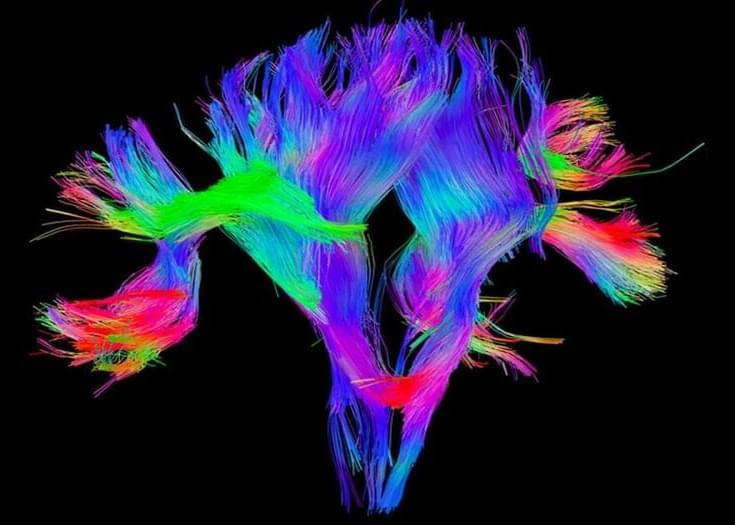
Neuroscience research triggers revision of a leading theory of consciousness
Exactly how, and how much, the unconscious processing of information influences our behavior has always been one of the most controversial questions in psychology. In the early 20th century, Sigmund Freud popularized the idea that our behaviors are driven by thoughts, feelings, and memories hidden deep within the unconscious mind — an idea that became hugely popular, but that was eventually dismissed as unscientific.
Modern neuroscience tells us that we are completely unaware of most brain activity, but that unconscious processing does indeed influence behavior; nevertheless, certain effects, such as unconscious semantic “priming,” have been called into question, leading some to conclude that the extent of unconscious processing is limited.
A recent brain scanning study now shows that unconsciously processed visual information is distributed to a wider network of brain regions involved in higher-order cognitive tasks. The results contribute to the debate over the extent to which unconscious information processing influence the brain and behavior and led the authors of the study to revise one of the leading theories of consciousness.